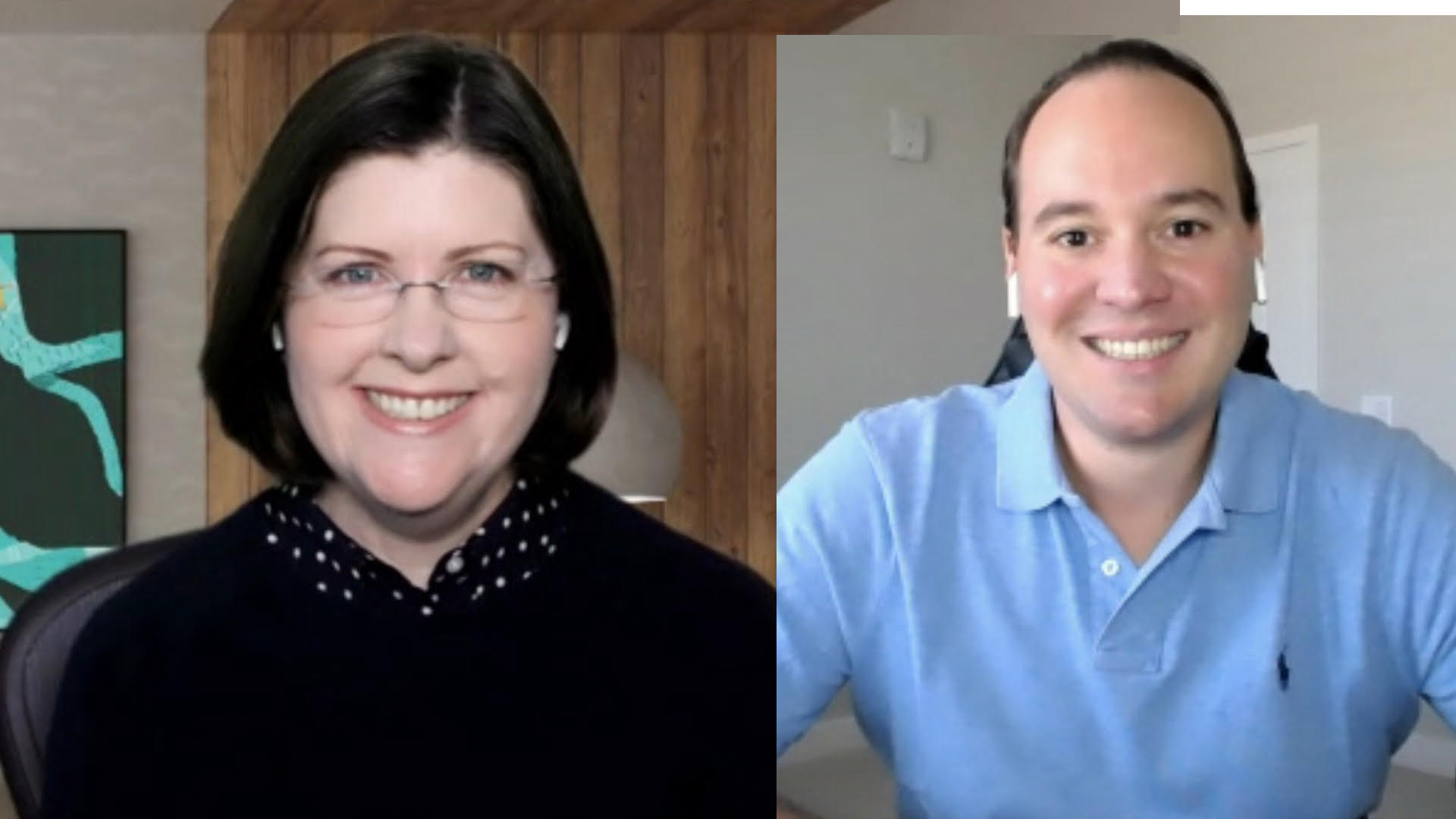 CLOUD
CLOUD
 CLOUD
CLOUD
 CLOUD
CLOUD
In today’s competitive technology world, any enterprise that’s not data-driven is likely driving itself out of business. However, being data-driven presents enterprises with a choice between using a single multimodal database or specialized databases for a wide range of workloads.
This choice is critical because the decision can have a significant impact on cost, agility, architecture and performance for any enterprise. It is also the type of conversation that Oracle Corp. has been having with its customers as enterprises seek the optimal information technology path. In the end, it all comes down to data.
“One of the biggest benefits to having a multimodal or converged database is the fact you can get greater data synergy from it,” said Maria Colgan (pictured, left), distinguished product manager at Oracle. “It’s things like being able to do real-time machine learning fraud detection inside a transaction or being able to do a product recommendation by accessing three different data models. I can do all of that in one transaction inside the database without have to transform that data into different models or access different systems. It simplifies how we can get value from the data.”
Colgan spoke with Dave Vellante, host of SiliconANGLE Media’s livestreaming video studio theCUBE, during a digital CUBE Conversation. She was joined in the interview by Gerald Venzl (right), distinguished product manager at Oracle, and they discussed customer use cases designed to generate key data insights, simplifying work for developers, and why it’s important to provide choice in today’s enterprise.
Oracle has been refining the relational database since the company’s founding in 1977, several years after Dr. Ted Codd created the relational model for database management. Oracle built its Relational Database Management System, or RDBMS, based around the need to quickly and safely store and retrieve data.
“Relational databases have been around for 45 years now,” Venzl said. “When Codd created the relational model, he actually focused not so much on the application putting the data in, but on future users and applications being able to make sense out of the data.”
Making sense out of data has driven a number of intriguing use cases for Oracle’s customers. MineSense Technologies Inc. leverages a data-oriented approach and Oracle’s Autonomous Database to dig iron, copper, zinc and nickel more accurately.
“They put x-ray devices on massive mechanical shovels that are at the mine face,” Colgan explained. “They sense the contents of buckets inside mining machines to see how it can optimize the processing of ore inside. All of that data is sent into an autonomous database where it’s processed by a host of different users.”
Another customer – retraced GmbH – developed a blockchain app in the Oracle Cloud that allows manufacturers to share supply chain data with consumers.
“The consumer can see who made their product, what raw materials were used and where they were sourced from,” Colgan said. “They were able to build their app and deploy it on the cloud, and they were able to do all of that very quickly.”
These customer use cases highlight an important element in Oracle’s approach. Being data-driven also demands a set of tools in a multimodal framework that does not complicate life for developers and does not require a different database for every technology.
“It comes down to the learning curve for developers,” Venzl noted. “You can reuse your knowledge of the technology, as well as the libraries and code you have already built in-house, perhaps in another application or framework, because it is the same technology.”
Oracle’s view of the converged database is one where the good ideas reside. The company has created a single home for NoSQL, JSON, geospatial data and graph databases, offering developers the opportunity to write applications to one data store.
“The developer is going to get a database that’s been optimized for their specific use case, whatever they’re trying to solve, and it’s also going to contain all of the great functionality and capabilities,” Colgan said. “What that really means to the developer is as the project evolves and inevitably the business needs change a little, there’s no need to panic when one of those changes comes in.”
The growth of specialty databases has forced some enterprises to confront a rising tide of complexity. Oracle is offering a converged database solution to counter that trend.
“Oracle database is definitely a ‘Swiss Army Knife’; it has many capabilities over the last 40 years,” Venzl said. “On a high level, Oracle is a data management company, and we want to give our customers the best tools and the best technology to manage all of their data. You have choice, and choice allows you to make a decision based on what’s best for you, not necessarily what’s best for the vendor you’re talking to.”
Here’s the complete video interview, one of many CUBE Conversations from SiliconANGLE and theCUBE:
Support our mission to keep content open and free by engaging with theCUBE community. Join theCUBE’s Alumni Trust Network, where technology leaders connect, share intelligence and create opportunities.
Founded by tech visionaries John Furrier and Dave Vellante, SiliconANGLE Media has built a dynamic ecosystem of industry-leading digital media brands that reach 15+ million elite tech professionals. Our new proprietary theCUBE AI Video Cloud is breaking ground in audience interaction, leveraging theCUBEai.com neural network to help technology companies make data-driven decisions and stay at the forefront of industry conversations.